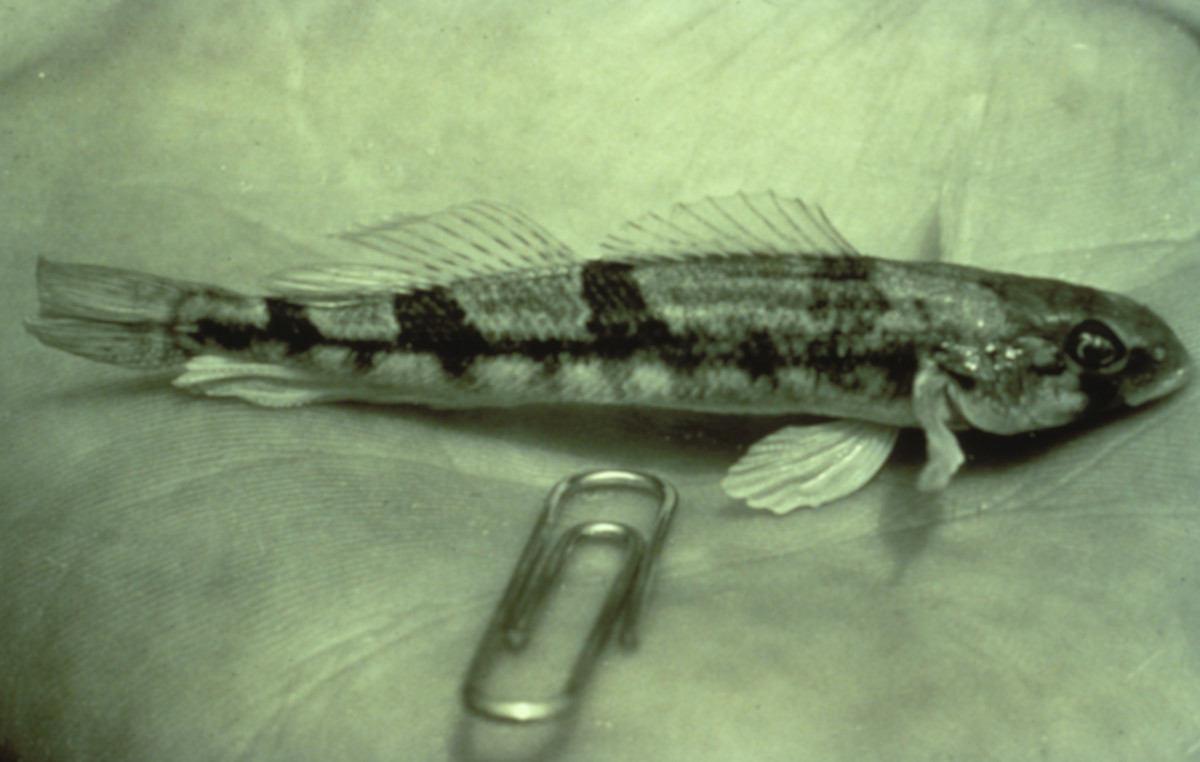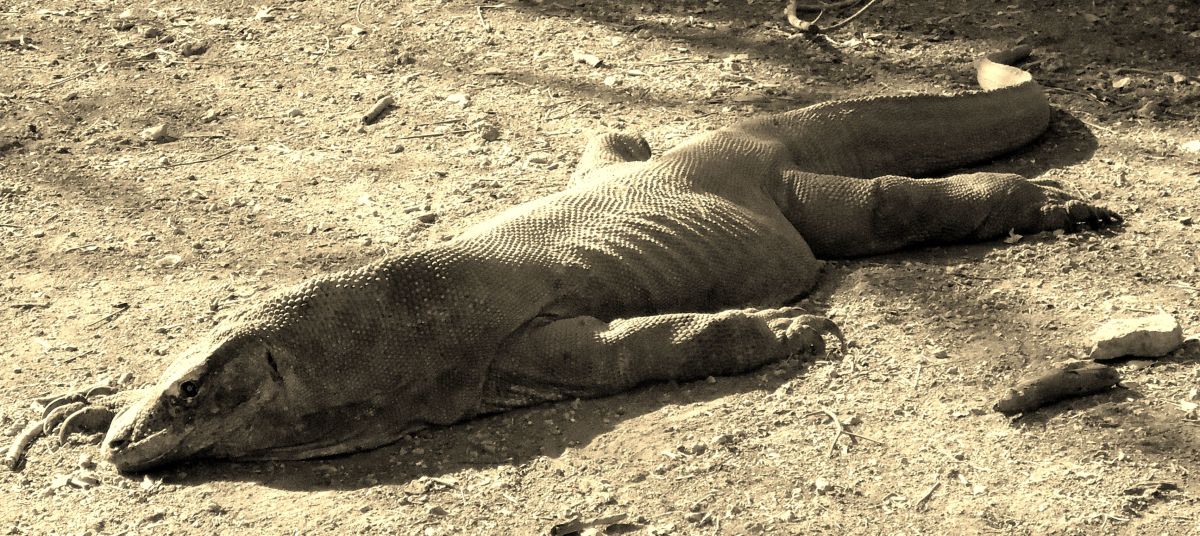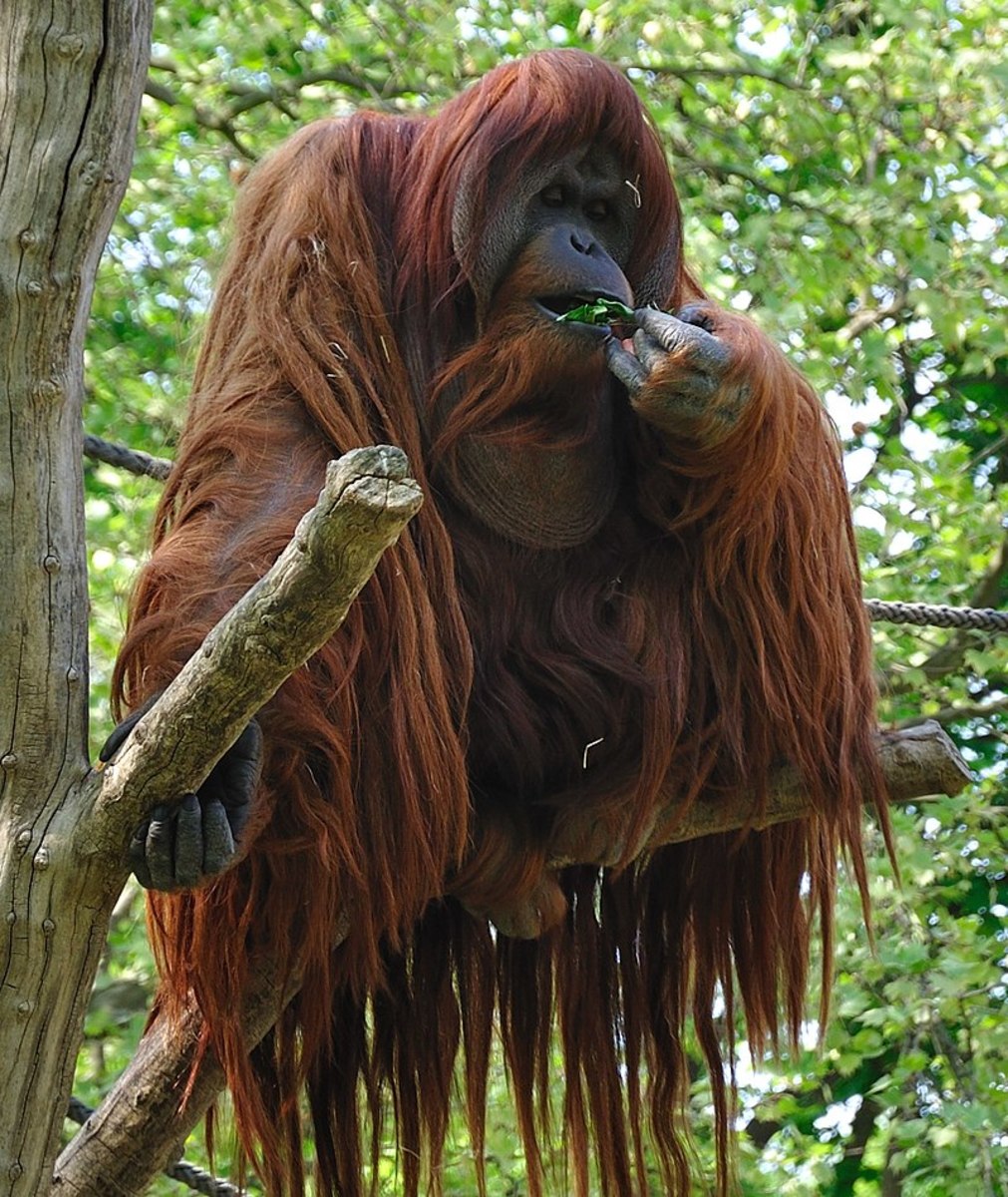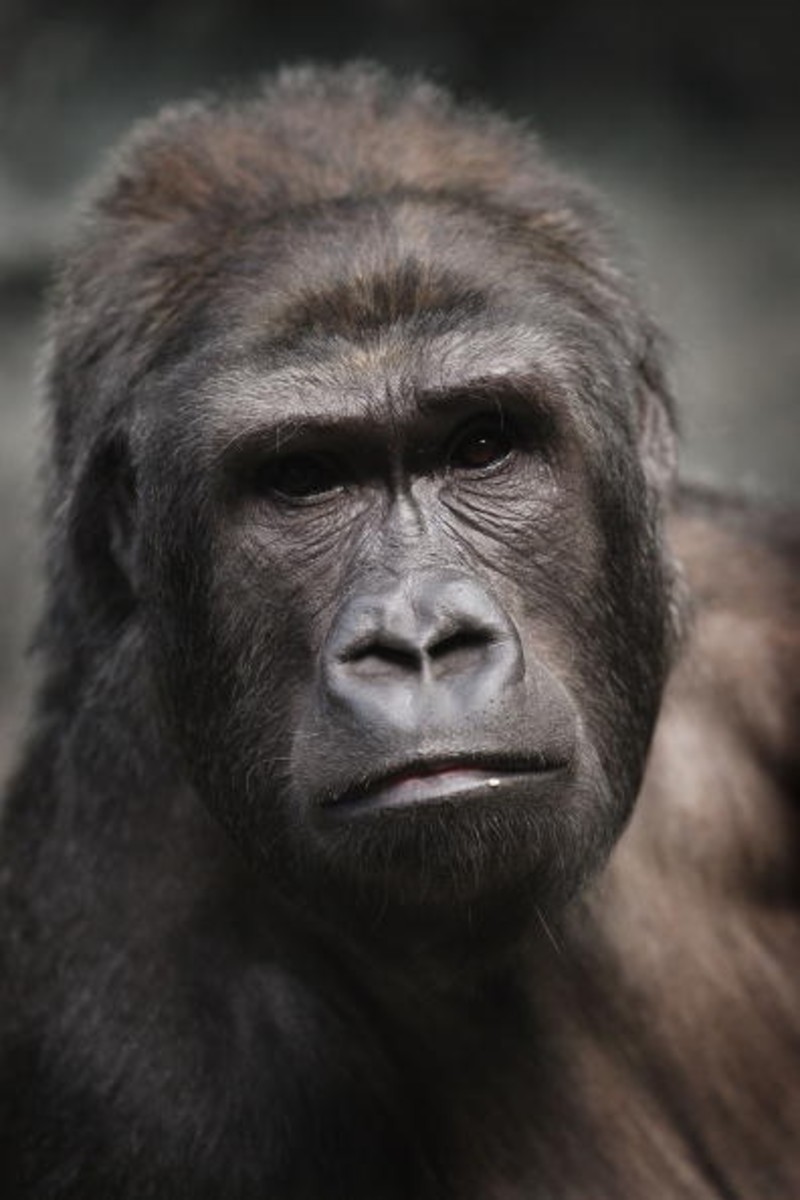Trade in Endangered Species – Flora and Fauna - A Multi-Billion Dollar Business
Trade in Endangered Species – Flora & Fauna - A Multi-Billion Dollar Business
There is no question that the trade of endangered flora and fauna species is illegal. Although CITES or the Convention on International Trade in Endangered Species and the ESA, Endangered Species Act, have proven to be useful laws, both should be amended to enhance combat against illegal trafficking of plants and animals. There is a need for more stringent laws and penalties for offenders because the practice of illegal trading of flora and fauna threatens the survival of species.
Inappropriately, the practice of illegal trade of endangered plants and animals continues because there is a consumers’ market for the many different species that find themselves on the list. Traders of these fauna and flora specimens want these endangered species for different reasons; however, it cannot be denied that at least one of those reasons is selfishness. For example, it is widely known that the elephant trade, ivory, is illegal, but that does not stop the blacklist buyer from obtaining raw ivory, which can fetch a value that has in recent years skyrocketed with up to a whopping 300% increase. It is easily found on the internet for sale. A small portion such as, “7/32" thick x 2-1/4" wide x 3" tall, ” sells for about $68.00 (Lansberry, 2012).
Letchworth State Park
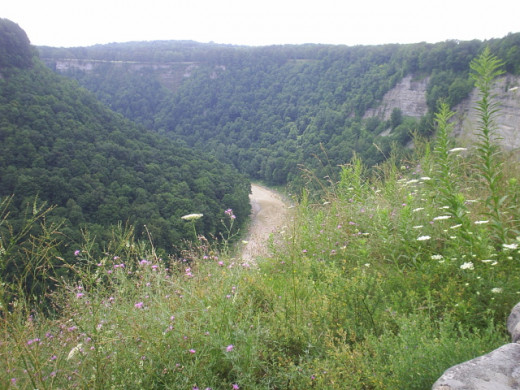

Smuggling In Southeast Asia
One of the biggest recidivists of this atrocity is Southeast Asia particularly Burma, whose boundaries include India, Thailand, China, Laos and Bangladesh (Central Intelligence Agency, 2011).
Thailand’s Suvarnabhumi Airport is a well-known trade route or nucleus for smugglers. Similarly, Africa’s Loxodonta africanus, the African elephant, and Black Rhinoceros are being poached. While self-centeredness cannot be repudiated it leads individuals to “follow the money,” because the poachers, traffickers, hunters and harvesters of near extinct flora and fauna species are making money from this practice, which endangers ecosystems that may never be recovered.
Correspondingly, countries such as China and Nepal import imperiled plants and animals for holistic practices. But, the harm does not stop there. China exports, too. Classes of trees such as Aquilaria and Gyrinops are being harvested in the name of the almighty dollar. These species of trees contain Agarwood materials and Agarwood products are highly sought after. These trees are in serious jeopardy (CITES, 2011).
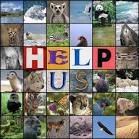
Allowances For The Trade Of Endangered Species
Furthermore, there is no question that this illicit behavior is bad for the many biomes that make nature function as intended. As a result of this degradation, CITES and ESA are making an effort to combat illegal trade in plants and animals. CITES acknowledges that it does have an allowance for the trade of endangered species; however, they suggest that the practice take place in an atmosphere that does not intimidate the existence of the species or that the introduction of a new species will not degrade a different habitat. This is not an exact science and while CITES does issue permits, offer educational services and is trying to make a difference, it could be improved.
Governments & Regulation
Additionally, if an individual wanted to actually study the CITES program they would find a clash of concern, at which point the question or questions would likely be raised, “do the ends justify the means?” Or, does it do enough? It appears that CITES favors trade above protection of endangered species because a substantial amount of operating revenue is gathered through trading fees that are charged. This seems to be a bit duplicitous. Also, CITES is not out doing independent research because CITES relies on signatory countries to be honest. And, clearly many of the nations that take part in these illegal activities demonstrate poor government leadership practices. The problem needs to be addressed in order for CITES to achieve its maximum performance. Perhaps, CITES could put more feet on the ground in known territories where damage to ecosystems can be studied by people who are at the top of their field of study. These may include biologist, botanist, and various other professional scientific disciplines. Additionally, CITES need to stop issuing permits so freely. Arguably, if CITES is depending on corrupt governments to give accurate information about endangered species when money is at stake, then ecosystem are certainly at risk.
Test Your Knowledge
view quiz statisticsThe United States & The Endangered Species Act
On the other hand, in the United States protecting wild flora and fauna is the Endangered Species Act. Are there problems with this law? Yes, there are. Predominantly, the problem may be the lack of regulation of CITES, which was born of the ESA. What is lacking between the two is more open and accurate lines of communications with regard to granting permits. It could be said that the ESA is much more stringent, and if CITES was more forthcoming together the two agencies may be able to wrangle a large amount of poachers because that is where they acquiring permits. In addition, ESA and CITES are armed with the information that the main trade center runs straight through Thailand’s Suvarnabhumi Airport. While unlikely, American agents could police the area much more diligently. This would allow United States’ Law to reprimand Americans that are poachers, traders and criminals. Tough examples must be set, which would make the offender reconsider the illegal act of trading endangered species, fauna or flora. To do this enforcement must be greatly increased in known trading centers around the world.
Furthermore, illegal trade of endangered plants and animal affect the environment. Many times it is unknown what or if these species carry disease or parasites that will have a negative impact on the environment to which they are being introduced. This can be seen with the Asian Carp in the Great Lakes. Moreover, raping an area of its natural species can and is likely to cause a chain reaction within its ecosystem. A retort that eventually can lead to extinction of species that rely on each other for survival, but maybe unable to adapt therefore ending up extinct.
The illegal trade of endangered species is a multi-billion dollar business. Given the fact that money seems to be the big motivator, perhaps confiscation of all personal property, seizure of family bank accounts, and a stiff prison sentence would deter this egotistical practice. This type of social policy would make a statement. It is likely that witnessing this type of enforcement would make a difference.
Take A Poll
My household recycles
References
Central Intelligence Agency. (2012). The World Fact Book.
CITES. (2011). The Trade and Use of Agarwood in Taiwan, Province of China.
Lansberry, Jim. (2012). Elephant Ivory.
Suvarnabhumi Airport, New Bangkok Airport, Thailand. (2012).
The Encyclopedia of the Earth. (2008).
© 2014 Suzanl



